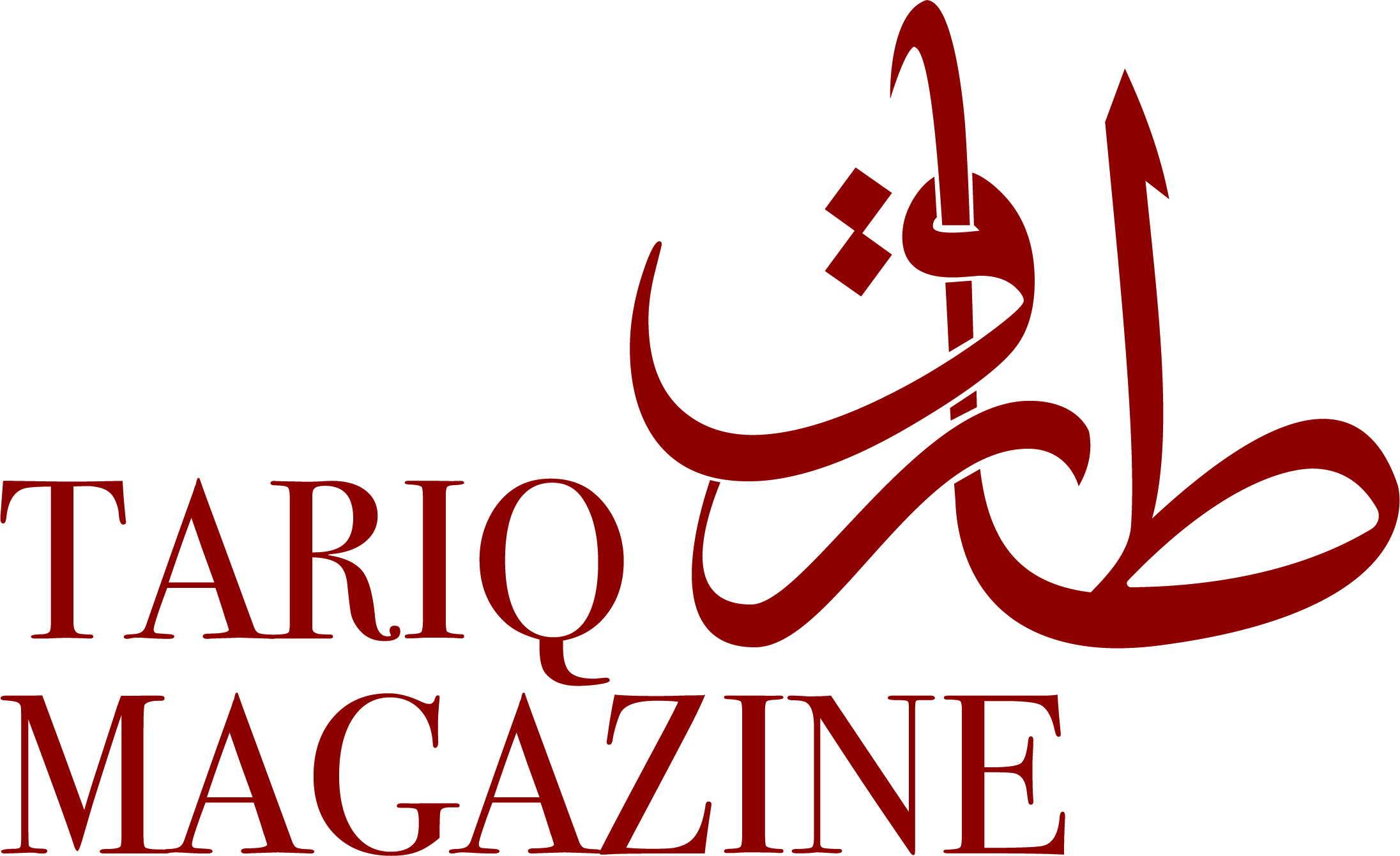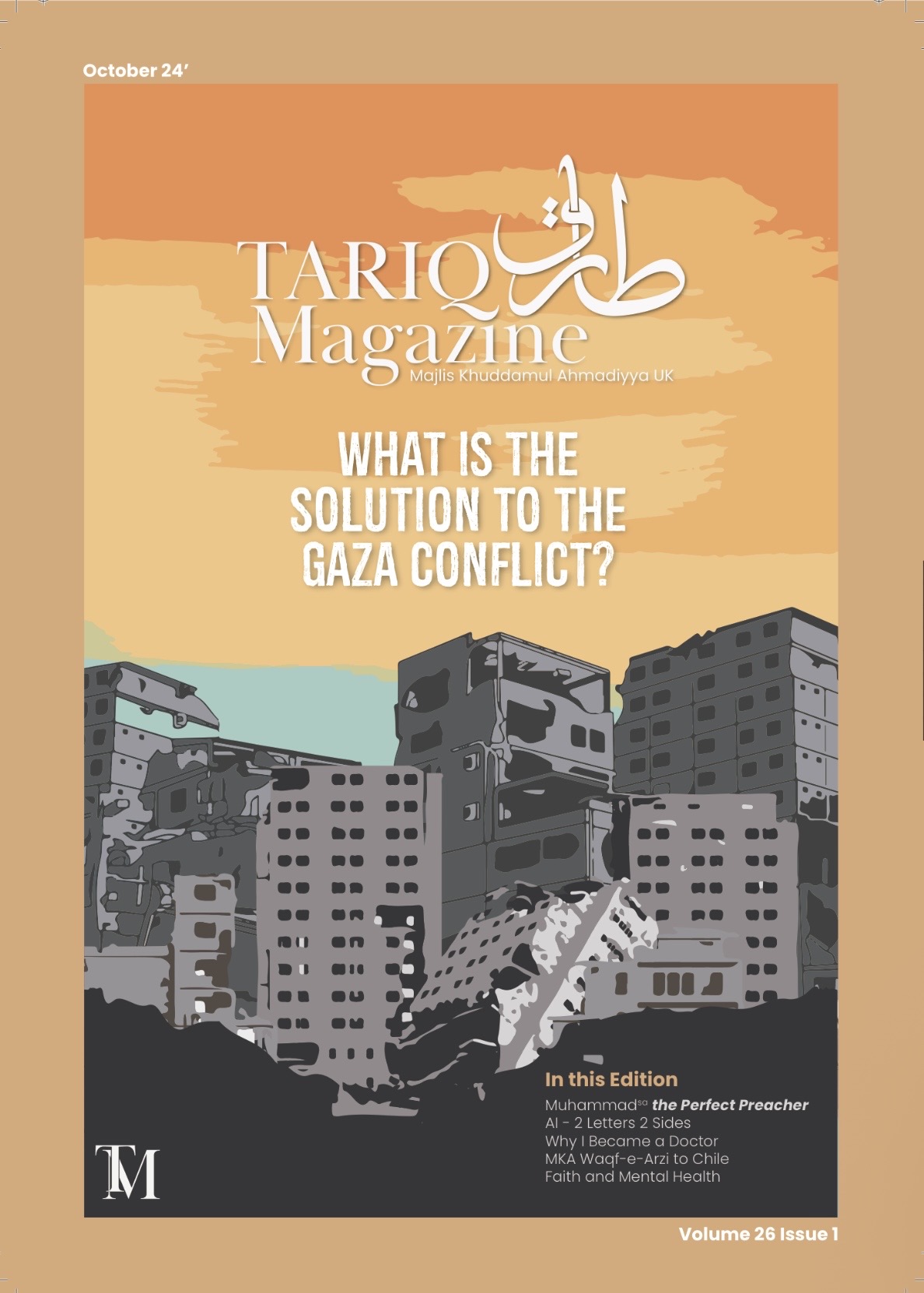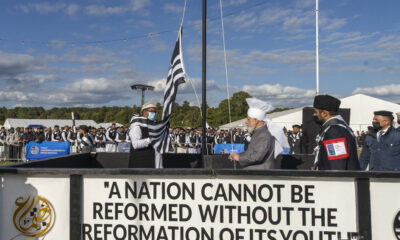Spiritual Treasures
BARAHIN-E-AHMADIYYAH (Part I)
Extract taken from ‘An Introduction to the Hidden Treasures of Islam’ pages 4 – 9

Background
The Promised Messiah (as) took up the writing of Barahin-e-Ahmadiyyah at a time when Christian missionaries had moved in a big way in India under the umbrella of the British Government. The Bible societies were being set up all over India, specially in the Punjab . The force and aggressiveness of the missionaries can be gauged from the fact that in a short period of forty years preceding the writing of this book, 2.9 million Indians were converted to Christianity. Hundreds of tracts and books were produced by the Bible societies, not only attacking Islam, but also the noble personage of the Holy Prophet (sa). This was the beginning of an onslaught on Islam at a time when the Muslims of India were in a state of complete demoralization and dejection. It was not strange, as the Muslims had recently lost their empire after what is called the “Sepoy Mutiny of 1857.” The Christians were not the only ones in the field against Islam. The Aryah Samaj and the Brahmu Samaj, two powerful movements of orthodox Hindu society, were making inroads among Muslims by maligning the fair face of the Holy Prophet (sa) and degrading the teachings of Islam. A leading Muslim poet, Maulana Hali, in his famous poetical work, Musaddas-e-Hali, described the decline of Islam in a pathetic way, lamenting how Islam in that age had fallen to a new low. It was against this background that Hadrat Mirza Ghulam Ahmad (as) of Qadian single-handedly embarked upon the monumental task of defending Islam. Directed by a Divine revelation, he decided to write a book with convincing logic and containing irrefutable arguments and data in proof of the truth of Islam. The book completely disarmed his opponents and stopped them from venturing into the field against Islam.
Preceding the publication of this book, the practice was to write a book in filthy, abusive and disgraceful language. People like Padre Imad-ud-Din and Kanhiyya Lal have been writing books in highly provocative and inflammatory language, which no decent man could read without revulsion. By writing the Barahin-e-Ahmadiyyah in a polite, gentle and decent style, Hadrat Ahmad (as) has shown how effectively one can express views without resorting to vile language. Barahin-e-Ahmadiyyah had been written to answer the charges and allegations levelled by Christians and Aryas against the noble personage of the Holy Prophetsa . Hadrat Ahmad (as) did not adopt the style and tenor of the opponents of Islam. He gave deep thought and after undertaking long research on each and every aspect of every religion, after considering the merits of various points presented by other religions and these were compared with the Holy Quran. The Promised Messiah (as) took great pains and made sure no point of importance is left out from the religions that are under discussion in the book. The compilation of this great book, the collection of necessary funds, the making of arrangements with a press at a distance of 36 miles from Qadian, the employing of Katib (Caligraphists), the correction of copies written by Katib, reading of proofs and the consequent correspondence and journeys to and fro to the printing press demanded from Hadrat Ahmad (as) a tremendous amount of constant attention and energy and must have caused him a great mental and physical strain, especially the absence of helpers which compelled him to look after every minute detail himself. The book could not be entrusted to a publisher because there existed no publisher in the modern sense of the word. He had also to devise, direct, control and supervise its printing and distribution. In the beginning, only 700 copies were produced, but later, the number was increased to 1,000. In a western country, this number would today seem small, but in the nineteenth century and in a country where literacy did not extend to even one per cent of the population, it was a challenging job to find Muslim readers on the one hand, and representatives of other religions who could read the book, on the other hand. Addresses were collected and circulars and leaflets were produced in English also. There was no one at Qadian who could do the translation. For this purpose, a special messenger had to be sent to Amritsar or Lahore to contact somebody who knew English. Hadrat Ahmadas completed his manuscript in May 1879, which was around two thousand five hundred pages, but when he took up the printing, he decided to undertake the publication of a portion only of the original manuscript. As soon as the fourth part was printed in 1884, Hadrat Ahmad (as) sent the preliminary notice of the book with a letter under registered cover to well-known Christians and also to Brahmu Samajists, Aryah Samajists, Naturalists, Ruling Princes, Pirs and divines. This letter was to the effect that the author had been commissioned by God to regenerate mankind through meekness and humility, which characterised the way of Jesus Christ. For this purpose, he had written and published a book, reference to which would be found in the circular: Islam is the only perfect religion, and the Holy Quran is the actual Word of God. The truth, it was urged, could be tested by anyone who was prepared to come to Qadian and to stay with the author for one year as a seeker after truth. The expenses of staying of the seeker of truth would be borne by Hadrat Ahmad (as) .
The Book
The first part is confined to describing the numerous beauties and excellences of Islam followed by announcements that if similar excellences were found in any other faith, even half of them or one-fourth, or even one-fifth of the excellences that had been mentioned about Islam, he would give a prize of ten thousand rupees (which was equal to the value of his entire property). He then went a step further and said that if a challenger could not produce the excellences and beauties from his own faith, he was invited to refute the arguments which had been produced in the book with the help and support of the Holy Quran.
Specimen of writing
If some man of understanding is unable to grasp the full meaning of the above mentioned text, what is meant by fine arguments, so in order to elucidate it, it is pointed out that arguments and reasoning advanced in support of the Holy Quran, which go to prove the truth of the Holy Quran and Muhammad, may peace and blessings of Allah be upon him, are of two types. First those arguments which lend to support the truth of this pure book and truth of Holy Prophet are those which are based on testimonies and emanate from the Holy Book and secondly those which are based on noble character of the Holy Prophet (sa) and are obtained from his total personality. Second group of arguments are those obtained externally which go to support the truth of Holy Quran and of the Holy Prophet (sa) that is those arguments which are based on external events. (Barahin-e-Ahmadiyyah, Part I, pp. 32-38, Ruhani Khaza’in, vol. 1, pp. 31-33) This text occupies many pages as the wordings of this text are in very large font.
Review
The Editor of the Manshur-e-Muhammadi, while writing the review led his review with the verse of the Holy Quran: ‘Truth has arrived and falsehood has vanished; falsehood was bound to disappear (17:82),’ It observed: Islam is being attacked from all directions. Atheism is flourishing and irreligion is on the increase. Those of the Brahmu Samaj are making every effort to establish the superiority of their creed over Islam through their philosophic writings. Our Christian brothers are devoting the whole of their effort towards wiping out Islam. They are convinced that so long as the sun of Islam continues to shed its light upon the world all the efforts on behalf of Christianity would prove vain and Trinity would gain no support. In short, the followers of all religions are eager to put out the light of Islam. We had been most anxious over a long period that of the body of Muslim divines someone, one who is inspired by God to stand up in support and defence of the faith, should write a book which should be in accord with the need of the times, and which should set out on the basis of reason and scriptural arguments to prove that the Holy Quran is the Word of God and that the Holy Prophet, peace and blessings of Allah be upon him, was a righteous Prophet of God. We are deeply grateful to God that this desire of ours has at last been fulfilled. Here is the book the writing of which we had been awaiting for a long time. Its title is Barahin-e-Ahmadiyyah, and the author has set out in it three hundred conclusive arguments in proof of the truth of the Holy Quran and the prophethood of Muhammad, peace and blessings of Allah be upon him. The author of this book is the best of the divines, an accomplished scholar, pride of the Muslims of India, the accepted one of God Almighty, Maulvi Mirza Ghulam Ahmad Sahib, chief of Qadian, district Gurdaspur, Punjab . Allah be praised! What a wonderful compilation this is, whose every word proves the truth of Islam and displays the righteousness of the Quran and of the prophethood of Muhammad. The opponents of Islam have been presented with bright conclusive arguments. Every claim is reasonable and is supported by brilliant arguments of a character so positive that no one can question them and everyone must yield to them provided everyone approaches them with an open and just mind. This is the book which in truth is matchless. The author claims that it cannot be controverted. If anyone writes a reply to it, according to the conditions laid down in the announcement, he would be awarded ten thousand rupees. (Ahmadiyyat: The Renaissance of Islam, pp. 30-31 by Muhammad Zafrullah Khan, published in 1978 by Tabshir Publications)
Spiritual Treasures
TUHFA-E-QAISARIYYAH (A Gift for the Queen)
Extract taken from ‘An Introduction to the Hidden Treasures of Islam’ pages 198 – 199

Background
Hazrat Jalal-ud-Din Shams [ra] in his introduction says: raison de etre of the advent of the Promised Messiah[as] was to highlight the message of the Unity of God and to find new ways and means of spreading the Word of God, therefore the Promised Messiah[as] seized the opportunity of celebration of Diamond Jubilee of Queen Victoria and wrote this book to spread the Word of God and the message of Islam.
The celebration of the Diamond Jubilee of Queen Victoria by the Promised Messiah[as] was not an affair to be taken lightly. He made it quite clear that he was not a sycophant looking for material reward. He said on this occasion that as he was the vice-regent of God, therefore, he was above all earthly kings and worldly potentates; but as a citizen of India, he thanked the Queen for the peace, freedom and security, which he had enjoyed during her long reign. He sincerely prayed for her true prosperity and happiness. For those, who see this with disapproval, the words of his central prayer for the Queen on this occasion are worth quoting:
O Almighty God! Thou art all Powerful, we beseech Thee that Thou mayest so turn the heart of our gracious Queen that she may give up all creature worship and see the light of Islam. Let her believe in the One God and His Messenger, Muhammad, till the end of her days.
The Book
He used the book as a vehicle to highlight the excellences and beauties of Islam. In order to attract her attention, the Promised Messiah[as] wrote:
I have met Jesus several times in visions. I have talked to him and asked him about his real claim and teaching. It is an important fact, and it should not be treated lightly, as Jesus condemned the doctrines of the Atonement, the Trinity and his son ship and declared that such doctrines were a pure fabrication. This evidence of my visions is not a baseless thing. On the contrary, I feel sure, that if an honest seeker after truth comes and stays with me for some time and wishes to see Jesus in a vision, he can, through the blessings of my attention and prayer, see Jesus and even talk to him on these points and take his evidence. (Life of Ahmad by A.R. Dard[ra], edition of 2008, pp.539-540)






















